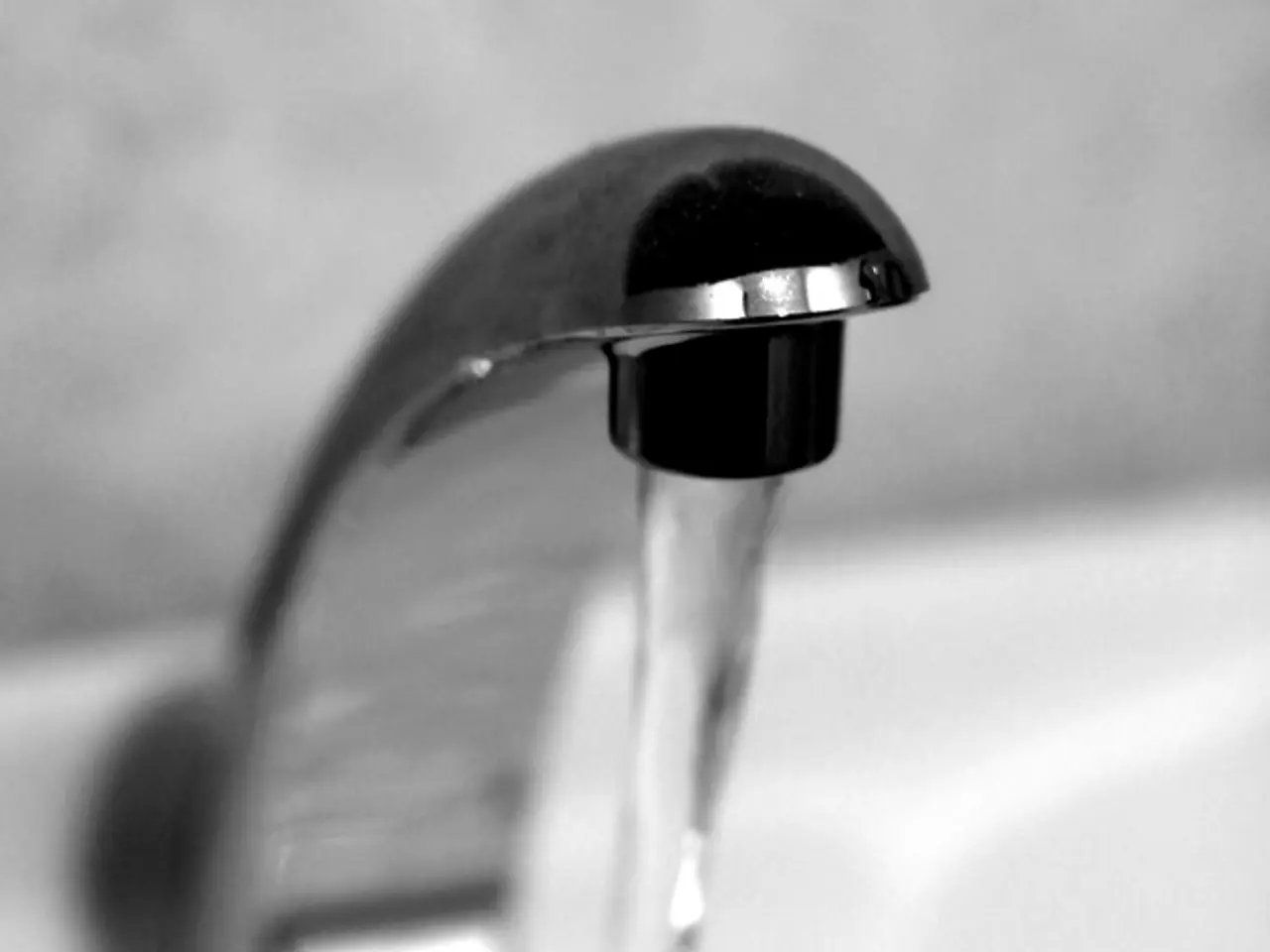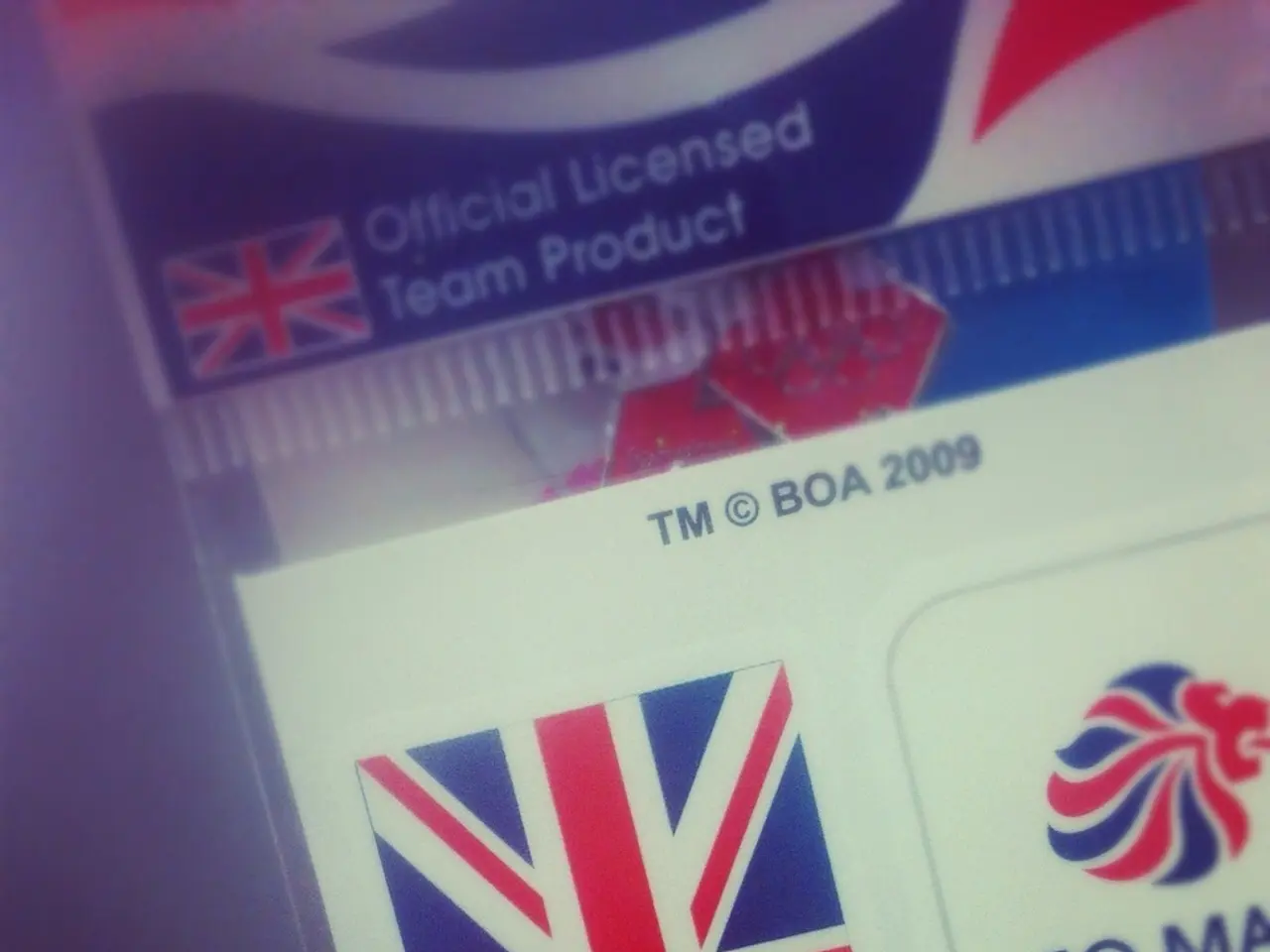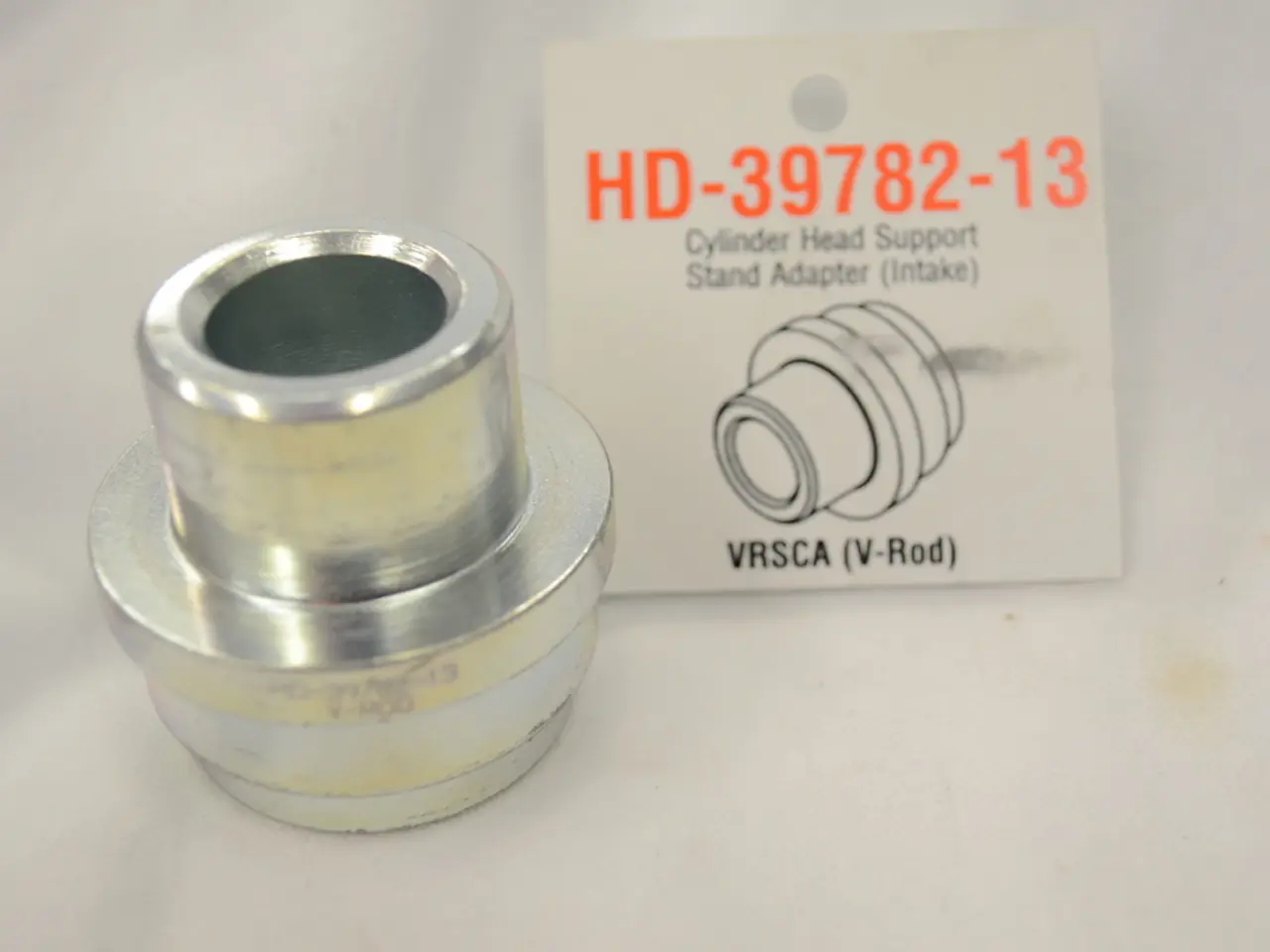Reducing pollutants in tap water could potentially prevent over 100,000 cancer diagnoses, according to the Environmental Working Group.
The Environmental Working Group (EWG) has put forth a series of recommendations aimed at reducing tap water contaminants and preventing cancer cases. The focus is on a multi-contaminant approach, which involves the use of advanced water treatment technologies to remove multiple harmful substances simultaneously.
According to the EWG's analysis, if utilities and regulators focused on reducing the top ten contaminants across the board, more than half of the projected cancer cases could be prevented. This assertion is based on their research, which builds on previous work that found cumulative exposure to tap water contaminants could result in thousands of cancer cases nationwide.
The study by the EWG analyzed the cumulative impact of 19 different carcinogenic contaminants, including arsenic, disinfection byproducts, and radioactive substances. The EWG believes that more protective limits and better enforcement could significantly reduce the cancer burden linked to drinking water exposure.
Olga Naidenko, Ph.D., vice president for science investigations at EWG, stated that instead of tackling contaminants one at a time, utilities and policymakers should implement treatment solutions that reduce a wide array of pollutants. She emphasized that regulating one contaminant at a time is outdated and inefficient.
The EWG's recommendations include increasing federal and state investments in modern water treatment technology, such as ion exchange and reverse osmosis, which can simultaneously remove multiple harmful contaminants like arsenic and hexavalent chromium (chromium-6) that often co-occur in drinking water.
For individuals, EWG advises installing home water filter systems equipped with these technologies, ensuring filters are changed regularly to maintain effectiveness. This combination of community-level multi-contaminant water treatment and proper home filtration provides a robust strategy for minimizing exposure to cancer-causing tap water pollutants.
However, the EWG points out that current EPA standards are deemed insufficient in protecting public health. They suggest establishing enforceable health-based limits on a broader range of contaminants and advocating for an overhaul of the EPA's outdated drinking water regulations, many of which haven't been updated in decades.
The EWG also emphasizes the importance of improving pollution prevention efforts at the source. They believe that by addressing the issue at the source, the need for extensive water treatment and filtration could be reduced, making the overall process more efficient and cost-effective.
The EWG estimates that over 100,000 U.S. cancer cases could be linked to drinking water contaminants. Their new model suggests that public health gains could be achieved by targeting multiple pollutants, not just single substances. By implementing these recommendations, the EWG hopes to significantly reduce the number of cancer cases linked to drinking water exposure.
- The Environmental Working Group (EWG) recommends investing in advanced water treatment technologies, such as ion exchange and reverse osmosis, to simultaneously remove multiple harmful contaminants like arsenic and chromium-6 in both community water systems and home water filter systems.
- The EWG believes that by focusing on reducing a wide array of pollutants, such as the top ten contaminants across the board, more than half of the projected cancer cases could be prevented.
- In addition to implementing treatmemt solutions that reduce a wide array of pollutants, the EWG suggests improving pollution prevention efforts at the source to make the overall water treatment and filtration process more efficient and cost-effective, reducing the number of cancer cases linked to drinking water exposure.




